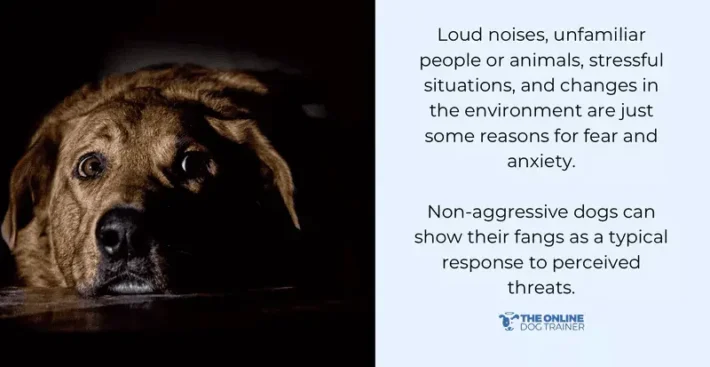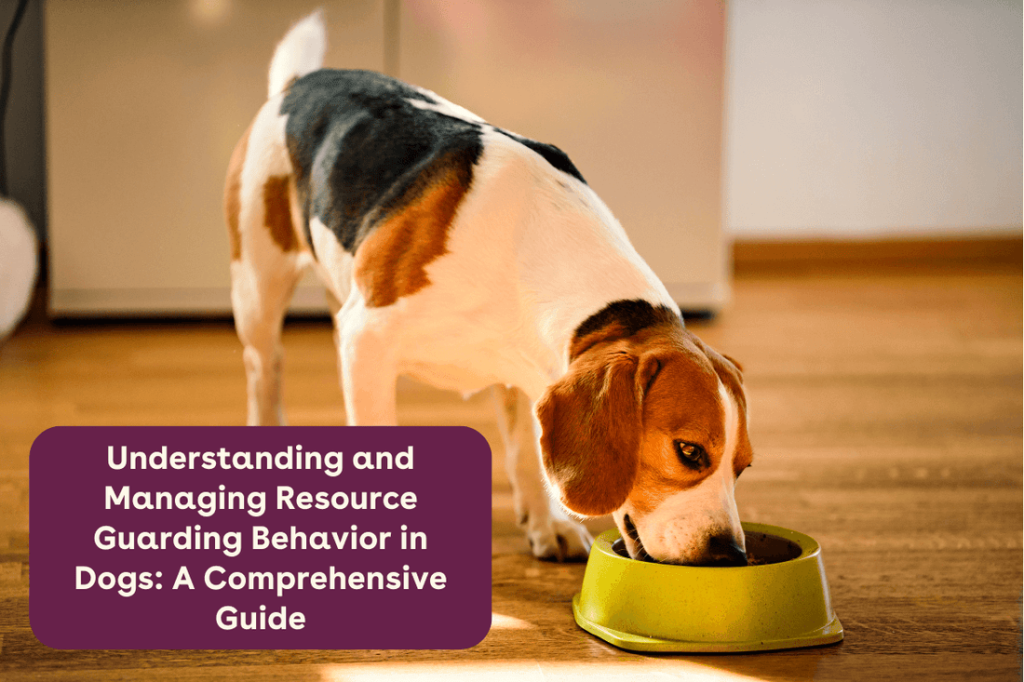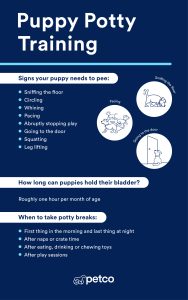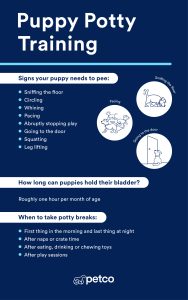If your dog has started showing signs of aggression, you’re probably looking for a solution that works—and fast. What if the answer lies in something as simple as a toy?
Using the right toys can help redirect your dog’s energy, reduce stress, and calm aggressive behavior. You’ll discover easy, practical ways to use toys to stop dog aggression and build a happier, more peaceful bond with your furry friend. Keep reading—you’re just a few steps away from turning tension into trust.

Credit: theonlinedogtrainer.com
Causes Of Dog Aggression
Dog aggression is a serious behavior issue. Understanding the causes helps manage it better.
Toys can help reduce aggression if you know what triggers your dog’s behavior.
Common Triggers
Many things can trigger aggression in dogs. These often include fear, pain, or protecting their food.
- Sudden loud noises
- Strangers approaching
- Other dogs nearby
- Touching sensitive areas
- Competition over toys or food
Breed Tendencies
Some dog breeds show more aggressive traits due to genetics. This does not mean all dogs of the breed are aggressive.
| Breed | Common Aggression Type |
| German Shepherd | Protective aggression |
| Chihuahua | Fear aggression |
| Bulldog | Territorial aggression |
| Doberman | Guarding aggression |
Environmental Factors
Where and how a dog lives can affect its aggression. Stress and poor socialization are key factors.
- Lack of exercise
- Inconsistent training
- Neglect or abuse
- Overcrowded living spaces
- Sudden changes in routine
Role Of Toys In Behavior Modification
Toys can help reduce dog aggression by changing how a dog acts. They keep dogs busy and calm.
Using toys the right way helps dogs learn good behavior and feel less stressed.
Redirecting Aggression
Toys can shift a dog’s angry energy to something safe. When a dog shows aggression, offer a toy to focus on.
This helps stop bad actions before they start. The dog learns to use toys instead of biting or growling.
Building Positive Associations
Toys can help dogs link good feelings to people or places that once made them upset. Playing with toys creates happy moments.
Over time, dogs feel safer and less likely to be aggressive in those situations.
Choosing The Right Toys
Select toys that match your dog’s size and play style. Avoid toys that break easily or can be swallowed.
- Soft plush toys for gentle chewers
- Durable rubber toys for strong chewers
- Interactive toys to keep the dog mentally busy
- Chew toys to relieve stress and calm the dog
Selecting Toys For Aggressive Dogs
Choosing the right toys helps reduce aggression in dogs. Toys can distract and calm an aggressive dog.
Pick toys that are safe and match your dog’s needs. The right toy supports better behavior and play.
Durability And Safety
Toys for aggressive dogs must be strong. Dogs with aggressive behavior can easily destroy weak toys.
Look for toys made from tough materials. Avoid small parts that can break off and cause choking.
- Choose rubber or nylon toys that resist chewing
- Check for non-toxic materials
- Pick toys without sharp edges
- Size should match your dog to prevent swallowing
Interactive Vs. Chew Toys
Interactive toys keep a dog’s mind busy. These toys can help reduce aggressive feelings by focusing attention.
Chew toys satisfy a dog’s need to bite. They help release energy and stop destructive chewing.
- Interactive toys include puzzle feeders and treat dispensers
- Chew toys are made for strong jaws and long use
- Use both types to balance mental and physical activity
Toys That Encourage Play
Toys that encourage play create positive experiences. Playing can reduce stress and aggressive behavior.
Choose toys that invite your dog to run, fetch, or tug. These activities help build trust and calmness.
- Fetch toys like balls and frisbees
- Tug toys made of strong ropes or rubber
- Soft plush toys for gentle play
- Rotate toys to keep interest high

Credit: www.dwdogtraining.com
Training Techniques Using Toys
Toys can help reduce dog aggression by teaching good behavior. They make training fun and keep your dog focused.
Using toys in training helps your dog learn self-control and obey commands. This guide shows ways to use toys for training.
Positive Reinforcement
Positive reinforcement means rewarding your dog for good actions. Toys can be a great reward to encourage calm behavior.
- Give a toy when your dog stays calm near others.
- Use a toy as a prize for obeying commands.
- Let your dog play with a favorite toy after a training session.
- Pair toy rewards with praise to build good habits.
Impulse Control Exercises
Impulse control helps dogs resist aggressive urges. Toys can teach dogs to wait before grabbing or playing.
- Hold a toy and ask your dog to wait before taking it.
- Increase waiting time slowly to build patience.
- Reward with the toy only after your dog waits calmly.
- Practice this regularly to improve control.
Structured Play Sessions
Structured play uses toys to guide your dog’s energy safely. Play sessions should have clear rules and goals.
| Activity | Purpose | How to Use Toys |
| Fetch | Burn energy | Throw a ball to encourage chasing |
| Tug-of-War | Build control | Allow tugging but stop on command |
| Hide and Seek | Improve focus | Hide toys for your dog to find |
| Training Drills | Teach commands | Use toys as rewards for obeying |
Monitoring Progress And Adjustments
Stopping dog aggression with toys takes time and patience. Watching your dog's behavior closely helps you see what works.
Adjusting your approach based on your dog’s reactions improves results. Keep track of changes and make needed tweaks.
Tracking Behavioral Changes
Notice how your dog acts before, during, and after play with toys. Watch for signs of less aggression and more calmness.
Write down what you see each day. This helps you understand if the toys are helping or if problems remain.
- Record the time and type of play sessions
- Note any aggressive or calm behaviors
- Track changes in how your dog reacts to others
- Look for less growling, biting, or lunging
Adjusting Toy Choices
Some toys calm your dog more than others. Change toys if your dog stays tense or aggressive during play.
Try different textures, sizes, and types. Safe chew toys, puzzle toys, or fetch balls might work better at times.
- Use soft toys if rough toys cause excitement
- Introduce puzzle toys to focus your dog’s mind
- Swap toys often to keep interest high
- Remove toys that trigger guarding or aggression
When To Seek Professional Help
If your dog’s aggression stays strong, ask a trainer or vet for help. Some cases need expert care for safety.
Look for signs like biting people, strong fear, or sudden aggressive attacks. Professionals can create a plan that fits your dog.
- Persistent or worsening aggressive behavior
- Safety risks to family or other pets
- Difficulty managing aggression with toys
- Need for specialized training or medical advice

Credit: dwdogtraining.com
Preventing Future Aggression
Dog aggression can be managed with the right tools and methods. Toys play a key role in redirecting aggressive behavior.
Using toys effectively can help prevent future aggression in your furry friend. Let’s explore different strategies.
Consistent Training
Consistent training is essential in teaching your dog how to behave. Use toys as rewards for good behavior.
- Train daily to build a routine
- Incorporate toys as positive reinforcement
- Use commands like “sit” or “stay” with toys
Socialization Strategies
Socializing your dog helps them feel comfortable around others. Toys can ease interactions with new dogs and people.
Introduce toys during playdates to encourage friendly play.
Observe how toys can help calm your dog in social settings.
Maintaining Mental Stimulation
Mental stimulation keeps your dog engaged and reduces boredom. Interactive toys challenge their minds.
| Toy Type | Benefit |
| Puzzle Toys | Enhances problem-solving skills |
| Chew Toys | Relieves stress and anxiety |
| Fetch Toys | Improves focus and recall |
Frequently Asked Questions
What Toys Help Reduce Dog Aggression Effectively?
Interactive toys like puzzle feeders and chew toys redirect energy. They keep dogs mentally engaged and calm aggressive urges. Soft toys for gentle play also help lower aggression by promoting positive interactions.
How Do Toys Improve Aggressive Dog Behavior?
Toys provide a healthy outlet for biting and chewing instincts. They reduce frustration and boredom, common triggers of aggression. Regular play with toys strengthens the bond, teaching dogs controlled and calm behavior.
Can Toy-based Training Stop Dog Aggression Quickly?
Toy-based training helps but requires patience and consistency. It gradually teaches bite inhibition and appropriate play. Combining toys with positive reinforcement speeds up behavior improvement safely.
Which Toys Are Safest For Aggressive Dogs?
Durable, non-toxic toys designed for strong chewers are safest. Avoid small toys that can be swallowed. Always supervise play to prevent accidental injury or escalation of aggression.
Conclusion
Toys can help reduce dog aggression in many ways. They keep your dog busy and calm. Choosing the right toy is important for success. Playtime builds trust between you and your dog. Be patient and consistent with your approach. Over time, your dog will learn better behavior.
This helps create a safer home for everyone. Use toys as a tool to guide your dog gently. Small steps lead to big changes in behavior. Keep trying, and enjoy the process together.

Emily Barker is the founder of ChillDogLife.com, a space dedicated to helping pup parents discover the best dog products, lifestyle tips, and cozy ideas for happier homes.
A lifelong dog lover, Emily combines her passion for pets with a knack for research to share trusted recommendations on everything from toys and furniture to health and everyday care.
Her goal is simple: to make life easier, stylish, and more joyful for dogs and the people who love them.







